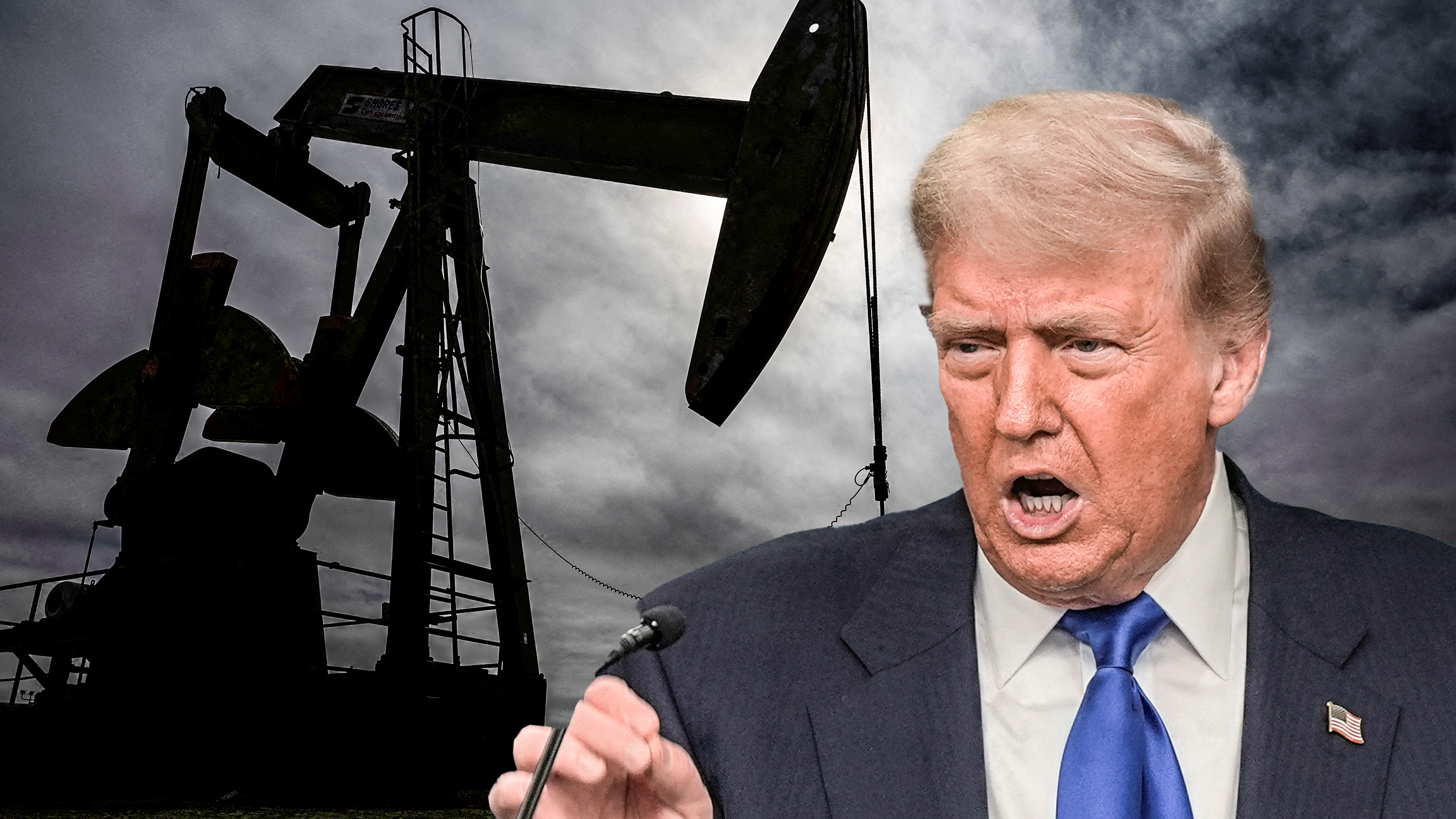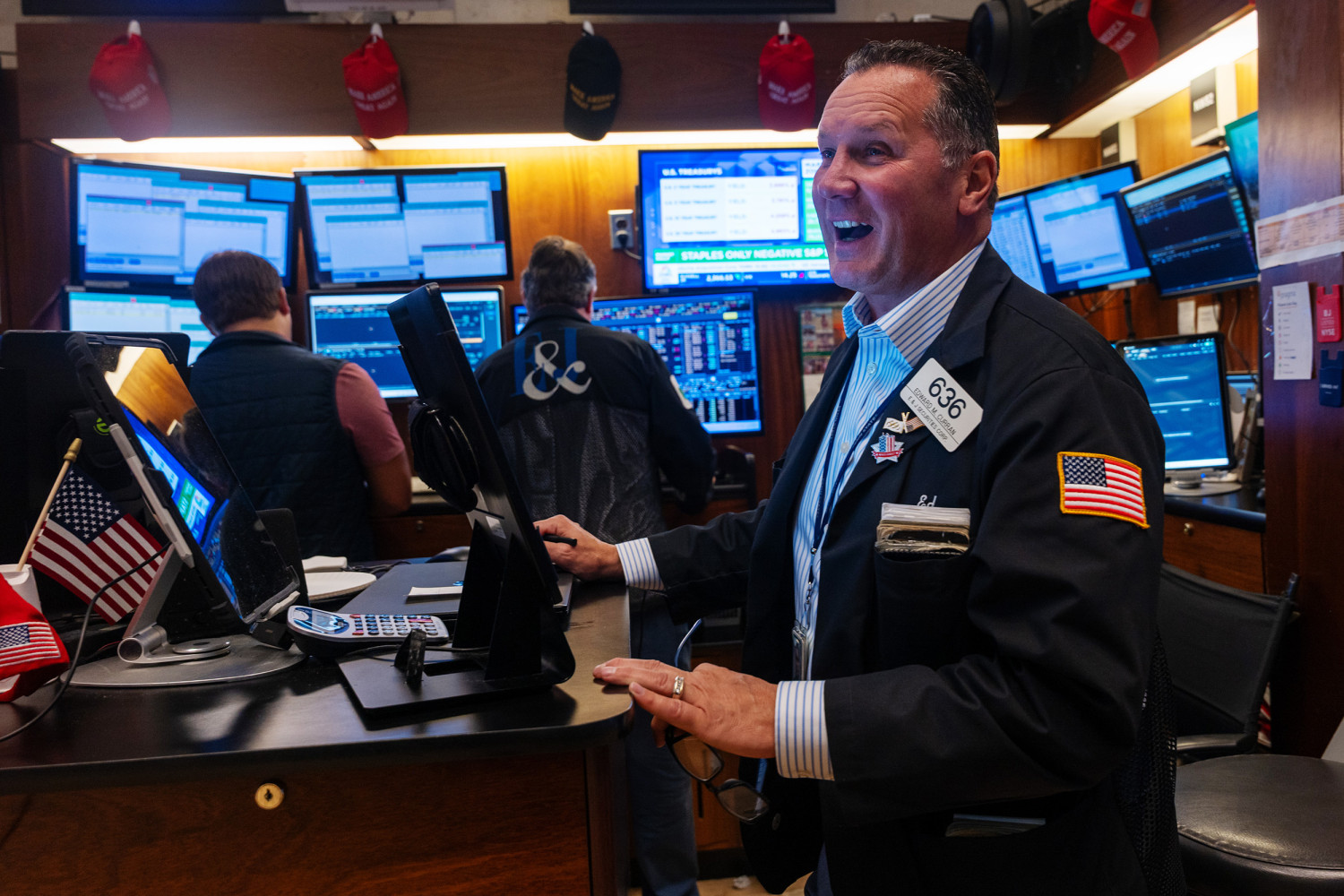As discussions around global trade continue to evolve, former U.S. President Donald Trump has made headlines once again with a bold proposal that could reshape international economic relations. Speaking at a recent political event, Trump suggested that if he were to return to office, his administration would consider imposing an additional 10% tariff on goods from countries choosing to align with the expanding Brics alliance—an economic bloc that includes Brazil, Russia, India, China, and South Africa.
The suggestion mirrors Trump’s enduring conviction that assertive trade policy can act as an effective instrument to defend U.S. industries and offset the power of emerging international rivals. Despite receiving positive responses from his supporters and worries from economic experts, the possible outcomes of this action deserve thorough analysis.
Brics, initially formed as an informal grouping of fast-growing economies, has in recent years sought to expand its reach and influence in the global marketplace. Discussions among member nations have touched on deepening trade ties, increasing investment cooperation, and even establishing alternative financial systems that challenge the dominance of Western-led institutions. As the bloc gains momentum, the idea of additional nations joining Brics has raised alarms among some Western policymakers who fear a gradual shift in global economic power.
Trump’s tariff warning appears to target this very trend. By signaling a willingness to impose penalties on countries that strengthen their ties with Brics, Trump aims to disincentivize what he perceives as an erosion of U.S. influence in global trade. His proposal is not entirely surprising given his track record of using tariffs as leverage during his presidency, including in high-profile disputes with China, the European Union, and North American partners.
The suggestion of a 10% tariff, however, introduces new complexities. Unlike previous trade disputes that focused on specific industries or bilateral imbalances, this proposed measure is more sweeping, potentially targeting a broad set of nations based on their geopolitical alignment rather than specific trade behaviors.
Such an approach could have far-reaching economic consequences. Many countries currently considering closer relations with Brics are important trading partners for the United States, supplying everything from raw materials to manufactured goods. A blanket tariff could raise costs for U.S. consumers and businesses alike, disrupt supply chains, and trigger retaliatory measures from affected nations.
Critics of the idea have been quick to point out the risks. Economists warn that the global economy is already grappling with challenges such as inflation, supply chain disruptions, and geopolitical instability. Introducing new tariffs could exacerbate these issues, slowing economic growth and potentially leading to higher prices for American consumers.
Additionally, specialists in international commerce indicate that penalizing nations for their diplomatic decisions might damage U.S. standing in the international arena. Instead of bolstering partnerships, these measures could lead other countries to align with opposing groups, hastening the shift in global power that Trump aims to halt.
From a strategic perspective, the emergence of Brics poses a genuine challenge to the economic supremacy of Western nations. The collective economies of Brics countries account for a considerable portion of the world’s GDP, and their initiatives to strengthen collaboration in areas like commerce, energy, and technology could transform global markets in the decades ahead. Within this framework, Trump’s comments resonate with widespread concerns regarding the future role of U.S. leadership in a multipolar global landscape.
However, there is ongoing debate about the most effective way for the United States to respond to these developments. Some policymakers advocate for deeper engagement with emerging economies through diplomacy, trade agreements, and investment partnerships. Others, like Trump, favor more confrontational tactics aimed at protecting domestic industries and pressuring foreign governments to reconsider their alliances.
The mechanisms for putting this type of tariff policy into practice are still not well-defined. Would the extra 10% tax apply equally to all products from countries connected to Brics? How would temporary partnerships or selective collaborations be handled? Would there be exceptions for vital imports like energy or pharmaceuticals? These pending queries underline the intricacies of turning political statements into concrete trade policies.
The possible consequences of introducing such tariffs also bring up concerns regarding U.S. domestic sectors. Numerous American producers, retailers, and tech companies heavily rely on imports from nations that might be impacted by this policy. Increasing tariffs might elevate production expenses, diminish competitiveness, and potentially result in job cuts in industries dependent on global supply networks.
Historically, tariffs have had mixed results as a tool of economic policy. While they can provide temporary relief to certain industries, they often result in higher prices for consumers and can provoke retaliatory measures that harm exporters. The U.S.-China trade war during Trump’s previous term offers a case study in these dynamics, with tariffs leading to price increases on consumer goods, uncertainty for businesses, and limited progress on structural trade issues.
Supporters of Trump’s strategy assert that tariffs can serve as a valuable negotiating tool, compelling foreign nations to engage in talks and paving the way for trade agreements that better align with America’s goals. They highlight the revision of the North American Free Trade Agreement, which led to the creation of the United States-Mexico-Canada Agreement (USMCA), as proof that stringent trade measures can produce concrete results.
Yet even in cases where tariffs have achieved short-term political victories, the long-term economic impacts remain a matter of debate. Many economists caution that sustained reliance on tariffs can erode trust, increase volatility, and ultimately weaken economic resilience.
Beyond the economic discussion, Trump’s tariff plan also connects with larger geopolitical transformations. The increasing impact of Brics indicates a shifting global order where rising economies are claiming more independence and exploring options outside of conventional Western-dominated bodies like the World Bank and International Monetary Fund. This transition is partly fueled by discontent with the current international financial framework, perceived inequalities, and a push for more influence in global decision-making.
The expansion of Brics could have implications for everything from global energy markets to digital currency systems. The group has already explored the idea of creating a shared currency to reduce reliance on the U.S. dollar in international transactions—an idea that, if realized, could have profound consequences for American economic influence.
In this context, Trump’s proposed tariff serves not only as an economic measure but also as a symbolic statement about maintaining U.S. leadership in an evolving global landscape. By threatening punitive action against nations that align with Brics, Trump underscores his broader worldview that prioritizes national sovereignty, economic self-reliance, and a transactional approach to international relations.
Whether such an approach would achieve its intended goals remains uncertain. Global trade is deeply interwoven, and attempts to reshape its patterns through unilateral action often encounter resistance and unintended consequences. Moreover, the success of any such policy would depend heavily on its design, implementation, and the broader international environment at the time.
At present, Trump’s statements mainly act as an indication of the trade policy path he could follow if re-elected. They also underscore the increasing significance of Brics as a powerful economic entity and the challenge it presents to existing powers. As the global economy keeps evolving, the decisions made by the United States—and its possible future leaders—will have a crucial impact in determining the course of international trade and collaboration.
Companies, financial stakeholders, and government officials will keep a keen eye on the progression of trade talks, understanding that duties, partnerships, and economic power are closely linked. Be it through collaboration, rivalry, or conflict, the equilibrium of international trade will continue to be a pivotal matter in this century.




